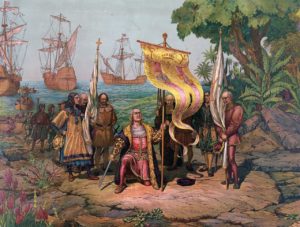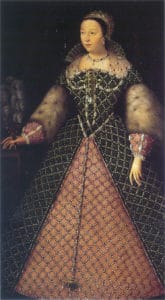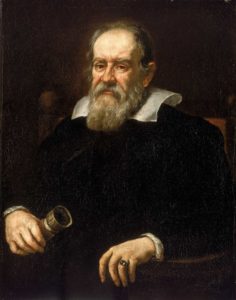
Following the fall of Constantinople, the wars in Lombardy came to an end and a defensive alliance known as Italic League was formed between Venice, Naples, Florence, Milan, and the Papacy. Lorenzo the Magnificent de Medici was the greatest Florentine patron of the Renaissance and supporter of the Italic League. He notably avoided the collapse of the League in the aftermath of the Pazzi Conspiracy and during the aborted invasion of Italy by the Turks. However, the military campaign of Charles VIII of France in Italy caused the end of the Italic League and initiated the Italian Wars between the Valois and the Habsburgs. During the High Renaissance of the 1500s, Italy was therefore both the main European battleground and the cultural-economic center of the continent. Popes such as Julius II (1503–1513) fought for the control of Italy against foreign monarchs, others such as Paul III (1534–1549) preferred to mediate between the European powers in order to secure peace in Italy. In the middle of this conflict, the Medici popes Leo X (1513–1521) and Clement VII (1523–1534) opposed the Protestant reformation and advanced the interests of their family. The end of the wars ultimately left northern Italy indirectly subject to the Austrian Habsburgs and Southern Italy under direct Spanish Habsburg rule.

The Papacy remained independent and launched the Counter-reformation. Key events of the period include: the Council of Trent (1545–1563); the excommunication of Elizabeth I (1570) and the Battle of Lepanto (1571), both occurring during the pontificate of Pius V; the construction of the Gregorian observatory, the adoption of the Gregorian calendar, and the Jesuit China mission of Matteo Ricci under Pope Gregory XIII; the French Wars of Religion; the Long Turkish War and the execution of Giordano Bruno in 1600, under Pope Clement VIII; the birth of the Lyncean Academy of the Papal States, of which the main figure was Galileo Galilei (later put on trial); the final phases of the Thirty Years’ War (1618–1648) during the pontificates of Urban VIII and Innocent X; and the formation of the last Holy League by Innocent XI during the Great Turkish War.

The Italian economy declined during the 1600s and 1700s, as the peninsula was excluded from the rising Atlantic slave trade. Following the European wars of succession of the 18th century, the south passed to a cadet branch of the Spanish Bourbons and the North fell under the influence of the Habsburg-Lorraine of Austria. During the Coalition Wars, northern-central Italy was reorganized by Napoleon in a number of Sister Republics of France and later as a Kingdom of Italy in personal union with the French Empire. The southern half of the peninsula was administered by Joachim Murat, Napoleon’s brother-in-law, who was crowned as King of Naples. The 1814 Congress of Vienna restored the situation of the late 18th century, but the ideals of the French Revolution could not be eradicated, and soon re-surfaced during the political upheavals that characterised the first part of the 19th century.
Italian Unification:
The birth of the Kingdom of Italy was the result of efforts by Italian nationalists and monarchists loyal to the House of Savoy to establish a united kingdom encompassing the entire Italian Peninsula. Following the Congress of Vienna in 1815, the political and social Italian unification movement, or Risorgimento, emerged to unite Italy consolidating the different states of the peninsula and liberate it from foreign control. A prominent radical figure was the patriotic journalist Giuseppe Mazzini, member of the secret revolutionary society Carbonari and founder of the influential political movement Young Italy in the early 1830s, who favored a unitary republic and advocated a broad nationalist movement. His prolific output of propaganda helped the unification movement stay active.
